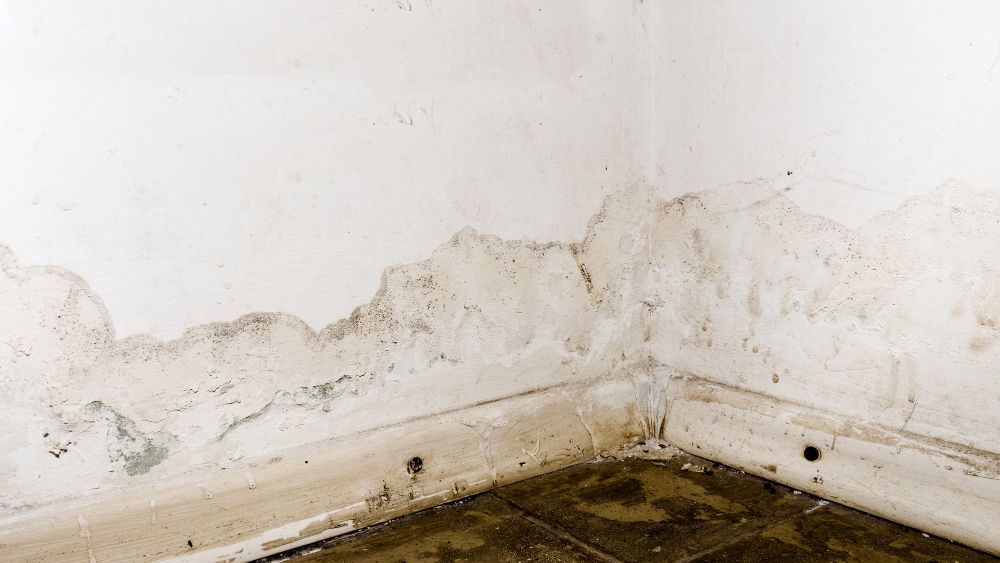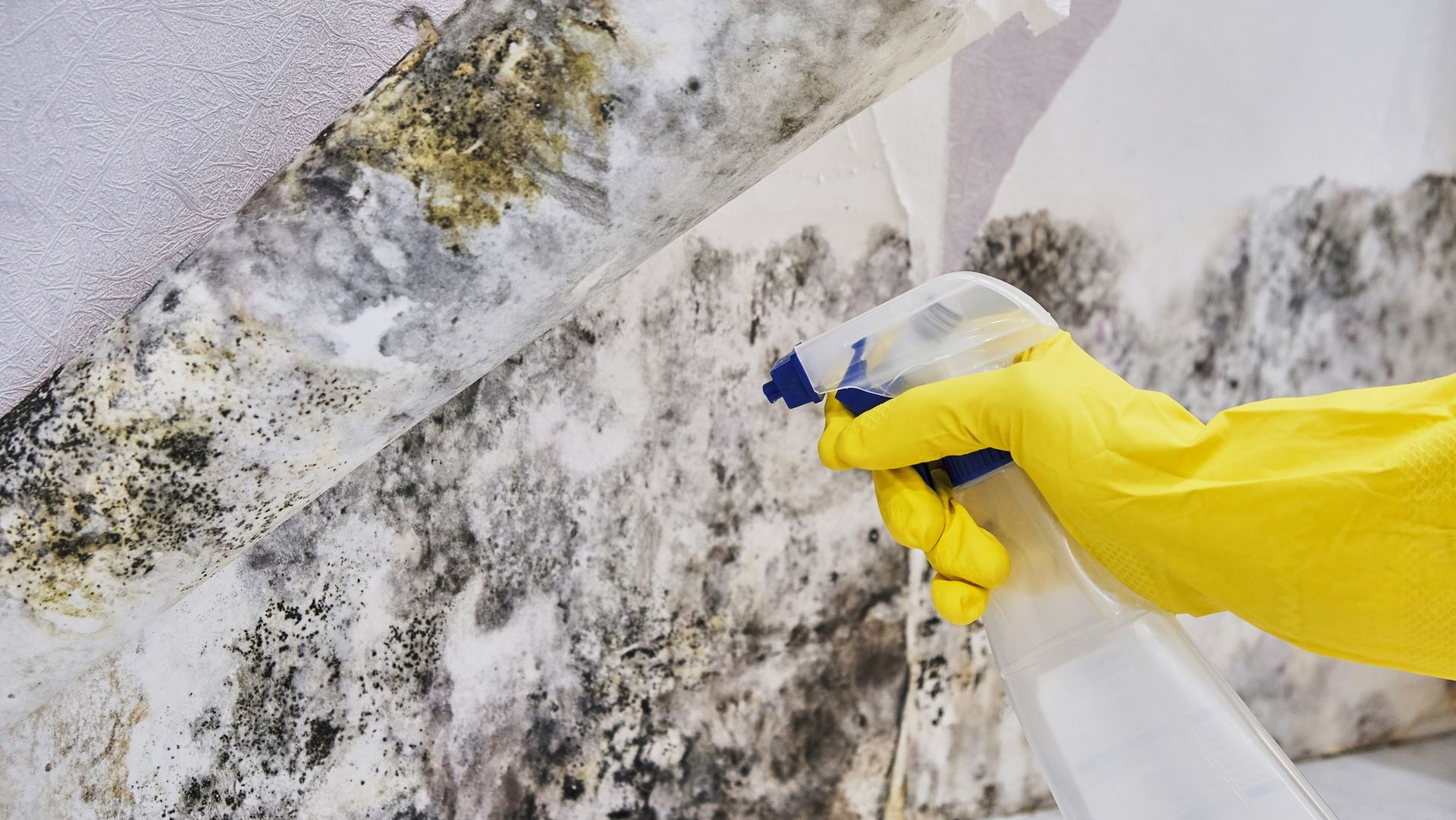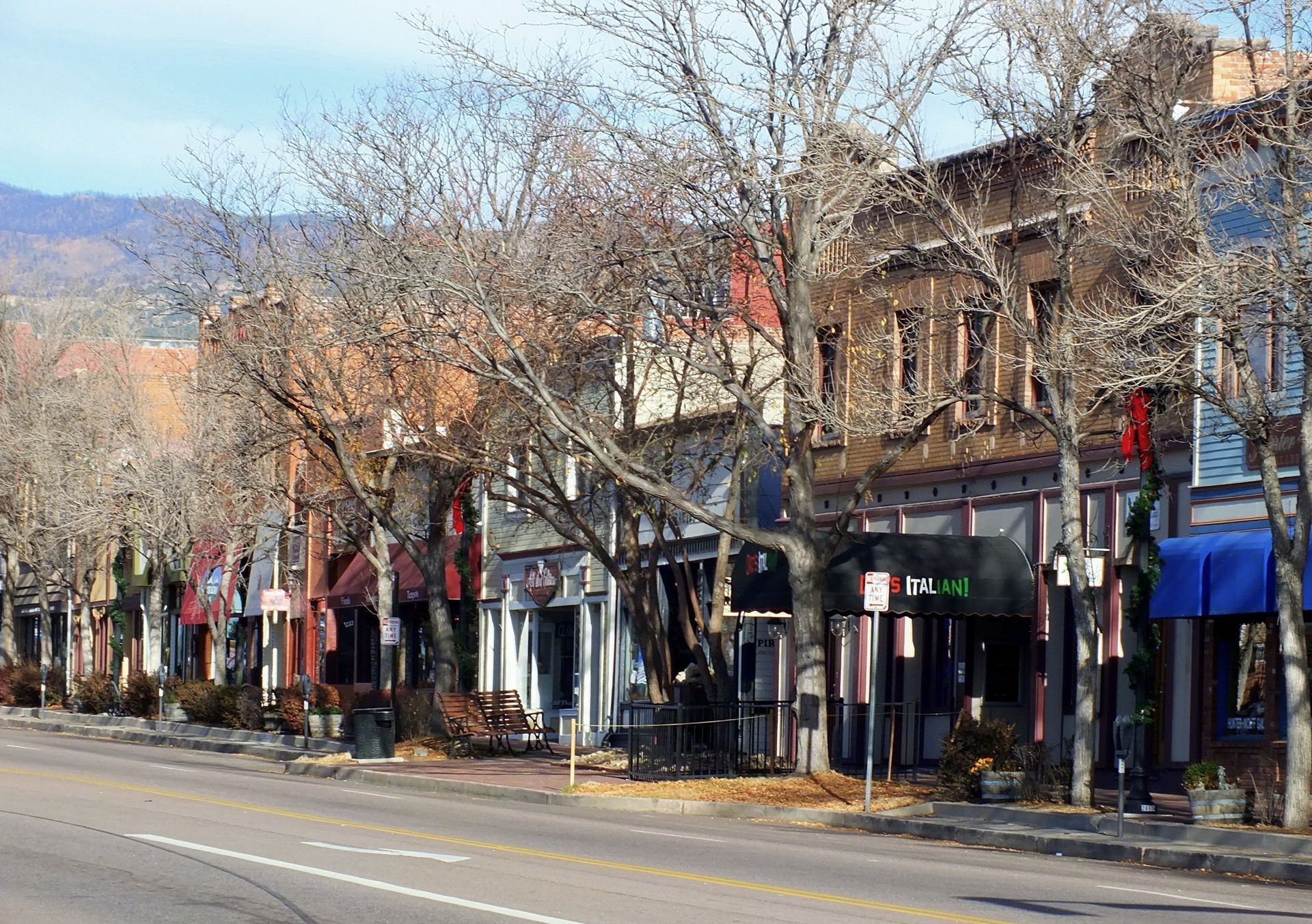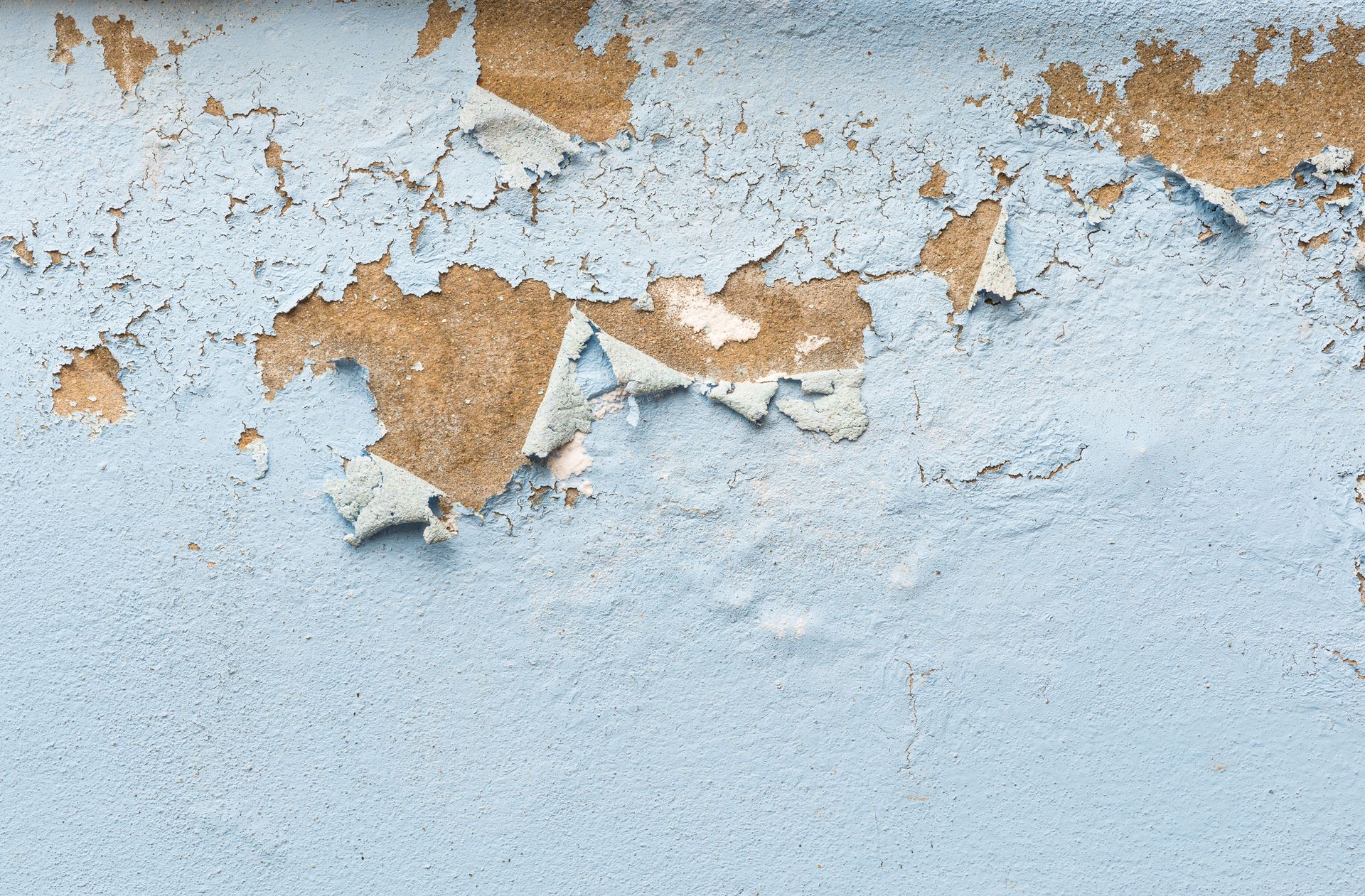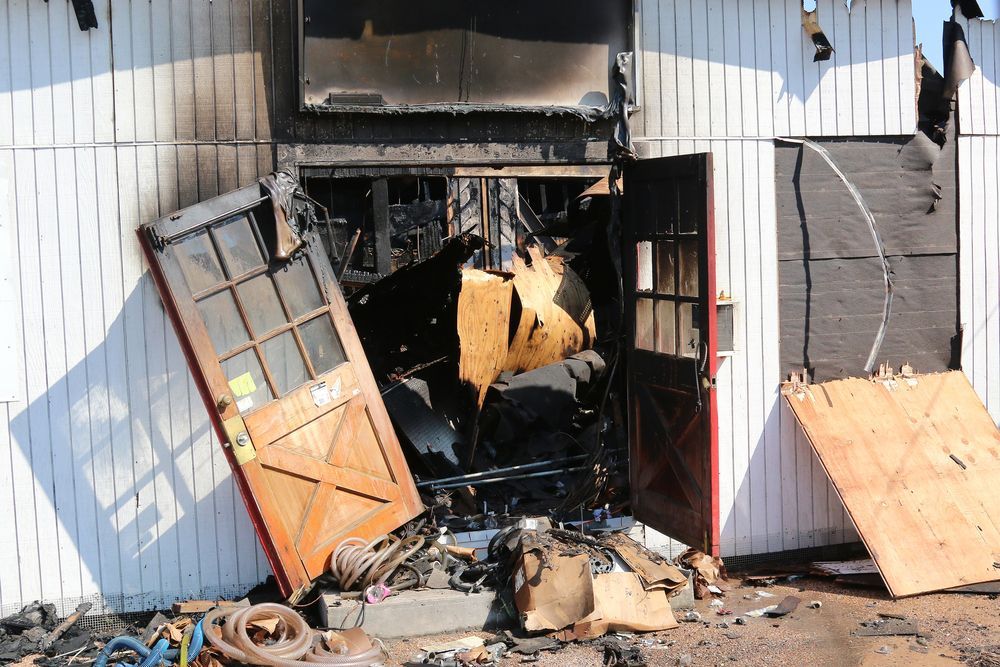Does your basement floor have a crack?
What causes basement floor cracks in Lehigh Valley?
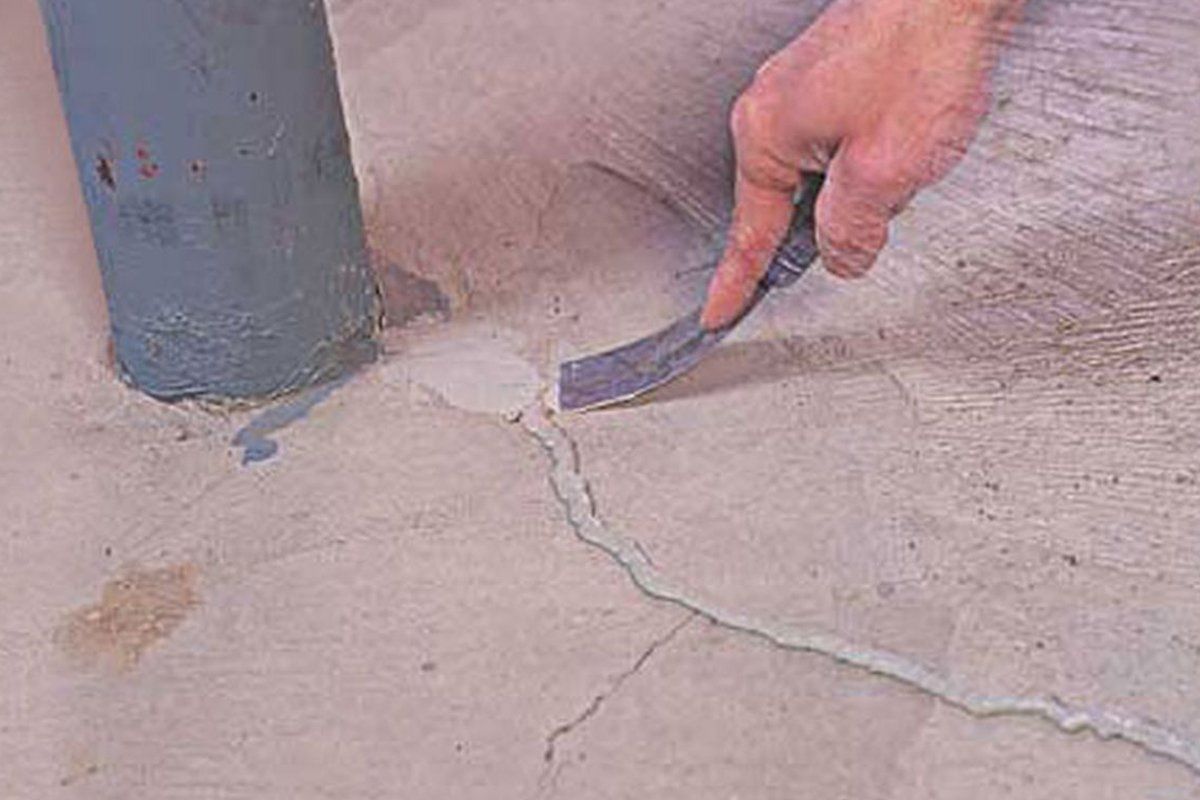
What causes basement floor cracks?
Drain tile failure.Sometimes a clog happens as a result of being crushed by heavy equipment being used nearby or the weight of overlying soil. If the drain tile system fails, it can’t remove water around your home resulting in a buildup of hydrostatic pressure. This will cause floor cracks. This generally doesn’t lead to large amounts of water, but you have a finished basement and have carpeting or other flooring, it could result in water damage including mold growth if not taken care of properly.
Failed Sump Pump . When a sump pump fails, it can create a high a high water table under your basement floor. When these drain pipes are full, the water has no place to go and can seep through cracks in the floor.
Hydrostatic pressure . Ground water under your basement is under pressure from the water table from frequent rains, types of soil and how near you are to bodies of water. When the water table rises, so does the hydrostatic pressure which is kept from entering your home by the basement floor and foundation walls. Because basement floors are thin, they are prone to cracking from the pressure and the water is forced up through the floor.
Spider cracks, straight or jagged hairline cracks are common and pose no threat. In newer homes, they are usually caused by shrinkage of the concrete slab drying and how much humidity remains in the basement.
Cracks that are 1/8” or wider should be sealed to keep out moisture, soil-borne gases such as Radon and other soil odors. Using an elastomeric caulking sealant for use on concrete is the best approach. A fair amount of pressure can reopen these seals of force additional cracks.
What can you do about your basement cracks?
The most important thing you can do is ensure you have proper drainage around your foundation that will prevent a water build up that causes excess pressure. Watch for crack prone areas and watch the size of existing cracks to prevent your problem from becoming a more serious issue.


